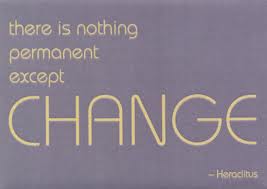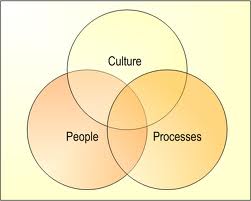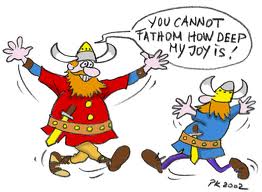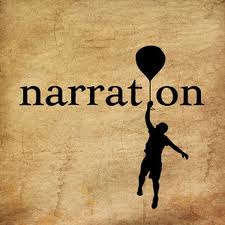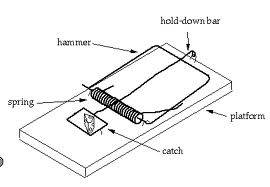 Welcome to O.D. Fridays at DonorDreams blog. Every Friday for the foreseeable future we will be looking more closely at a recent post from John Greco’s blog called “johnponders ~ about life at work, mostly” and applying his organizational development messages to the non-profit community.
Welcome to O.D. Fridays at DonorDreams blog. Every Friday for the foreseeable future we will be looking more closely at a recent post from John Greco’s blog called “johnponders ~ about life at work, mostly” and applying his organizational development messages to the non-profit community.
Today, we’re focusing on a post that John titled “At Peace“. In that post, he talks about two different pictures and uses those images to illustrate the point that there is a difference between “at peace” and “getting some peace”.
After reading this post, I couldn’t get my mind off of the idea of work-life balance. This topic of conversation comes up all the time when I’m talking to non-profit professionals. As I previously blogged about in a post titled “Kissing While Driving for Non-Profit Agencies,” non-profit organizations are typically under-resourced. As a result, almost all nof the on-profit professional who I know wear multiple hats, lack balance in their life, and appear to be on the brink of “going postal”.
At Peace? Definitely NOT!
 Over the last 15 years, I’ve battled with the ideas that John eloquently lays out in his blog post. The following are just a few things that I’ve tried:
Over the last 15 years, I’ve battled with the ideas that John eloquently lays out in his blog post. The following are just a few things that I’ve tried:
- Attending time management trainings (e.g. FranklinCovey, David Allen’s Getting Things Done, etc)
- Using various time management tools ranging from FranklinCovey to Microsoft Outlook. I’m now a Android smart phone junkie, who is utterly lost in life when my device isn’t within reach.
- Going on vacation
- Quiting my job and opening The Healthy Non-Profit LLC
In hindsight, John is so right . . . I was “getting some peace” in most of those instances. So, what can non-profit professionals do to be “At Peace“????
I like John’s suggestion that re-evaluating and adjusting our expectations about what “peace” really means. In his post, he talks about the picture of a violent waterfall, jagged mountains and an angry sky being a picture of “peace”. Maybe accepting this idea rather than fighting against it is more than half the battle.
I also like John’s challenge at the end of his post where he asks the following question:
“Perhaps, when leaders disrupt our peace when making organizational changes, they should orchestrate efforts to enable us to adapt and change?”
As I contemplate this question, I struggle with what those efforts might look like.
So, I have a suggestion for all of you who find yourself struggling with the same question:
- Open your donor database.
- Run a report showing your agency’s top 50 lifetime donors.
- Scan the list in search of a donor who owns their own business, has gone through some change initiatives in the last few years, and appears to be busy and yet peaceful.
- Pick-up the phone and call that donor.
- Invite them out to share a cup of coffee.
- Tell them about John’s blog post topic.
- Ask them to share their secrets to success with regards to being “at peace”.
- Ask them what efforts they orchestrated at work to help their employees adapt and change and in effect putting their workplace “at peace”.
Not only will you most likely get some great advice, but this conversation will have a “stewardship effect” for that donor. It will deepen a relationship with someone who is already important to your organization.
I like this suggestion mostly because it reminds me of the fact that donors are not just ATMs that produce cash every time we ask for it. Donors are friends and part of our non-profit family. We can put this principle in action by asking them to donate their knowledge and experiences in addition to their financial contributions. In doing so, the relationship gets stronger and grows.
Do you struggle with work-life balance issues at your non-profit organization? What have you personally done to try to achieve balance? What has your agency done to help facilitate this idea of being “at peace”? Have you ever engaged donors in questions like this? How did it work out for you?
Please scroll down and share your thoughts in the comment box. We can all learn from each other.
Here’s to your health!
Erik Anderson
Founder & President, The Healthy Non-Profit LLC
www.thehealthynonprofit.com
erik@thehealthynonprofit.com
http://twitter.com/#!/eanderson847
http://www.facebook.com/eanderson847
http://www.linkedin.com/in/erikanderson847


